Suppression & Stimulation
“Apical dominance” sounds sadomasochistic, but no reason to shudder: it’s practiced by plants and, even when carried to an extreme, results in something as agreeable as a head of cabbage. True, we gardeners sometimes have a hand in apical dominance, but it’s still just good, clean fun.
Look upon it as hormones gone awry or as hormones doing what they’re supposed to do; either way, apical dominance is the result of a hormone, called auxin (AWK-sin), that is produced in the tips of growing shoots or at the high point of stems. Traveling down inside the stem, auxin sets off a chain of reactions that puts the brakes, to some degree, on growth of side shoots, giving the uppermost growing point (the apical point) of any stem the upper hand in growth.
Side shoots mostly arise from buds along a stem, and whether or not a bud grows out into a shoot depends on how close the bud is to the source of auxin; the closer to the source, the greater the inhibition, how far and to what degree depend on the genetics of the plant. ‘Mammoth Russian’ is a variety of sunflower that grows just as a single stem capped by a large flowering disk; with no side branches at all, this variety demonstrates an extreme example of apical dominance. 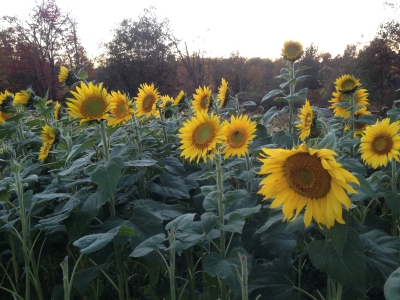 At the other extreme would be one of the shrubby species of willows that keeps sprouting side branches freely all along their growing shoots.
At the other extreme would be one of the shrubby species of willows that keeps sprouting side branches freely all along their growing shoots.
Even within a single species of plants, individuals vary in their tendency to express apical dominance. A fuchsia variety Read more
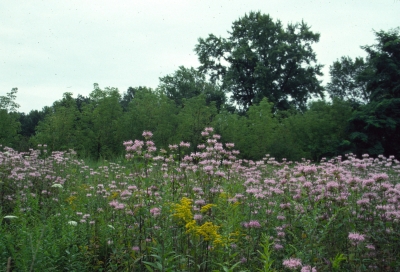

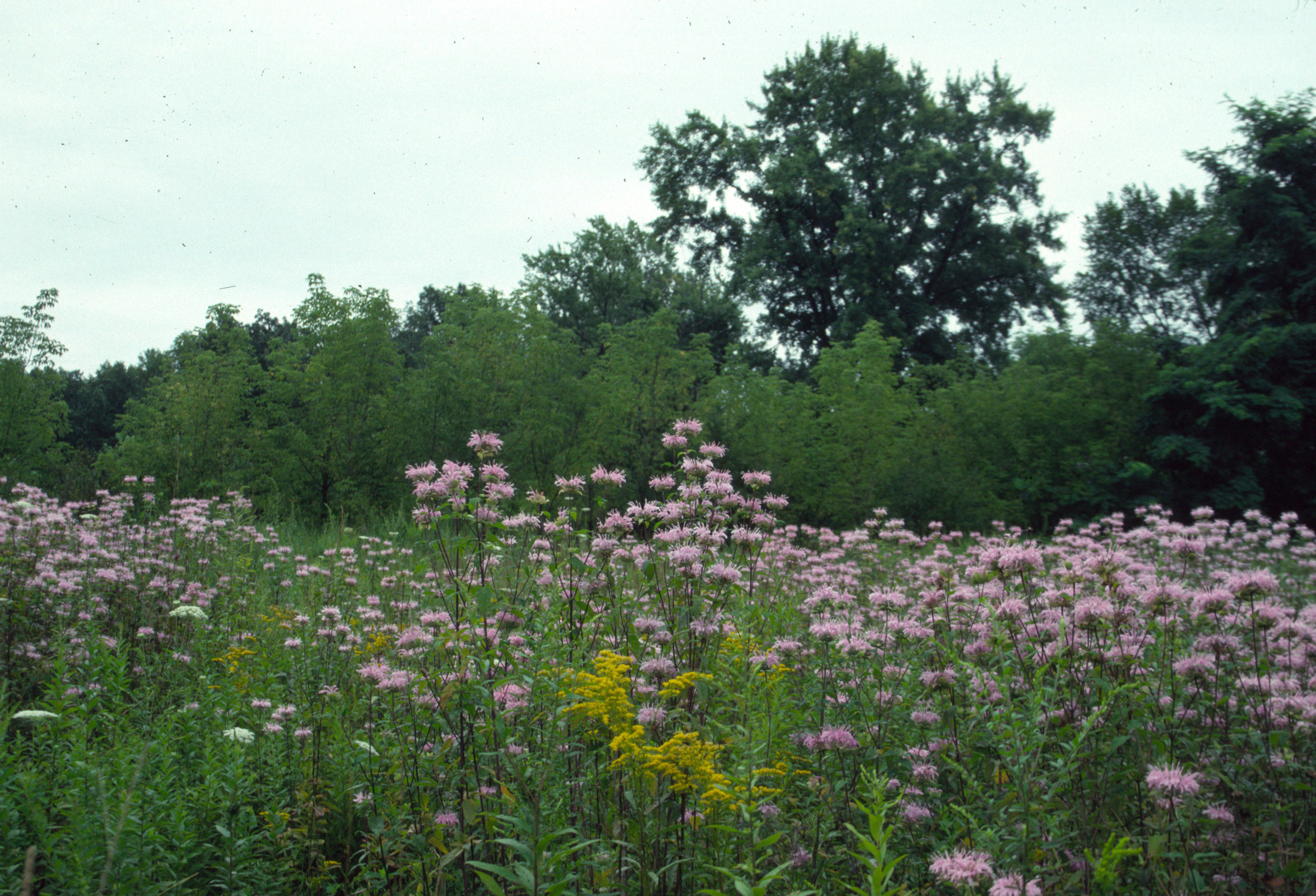
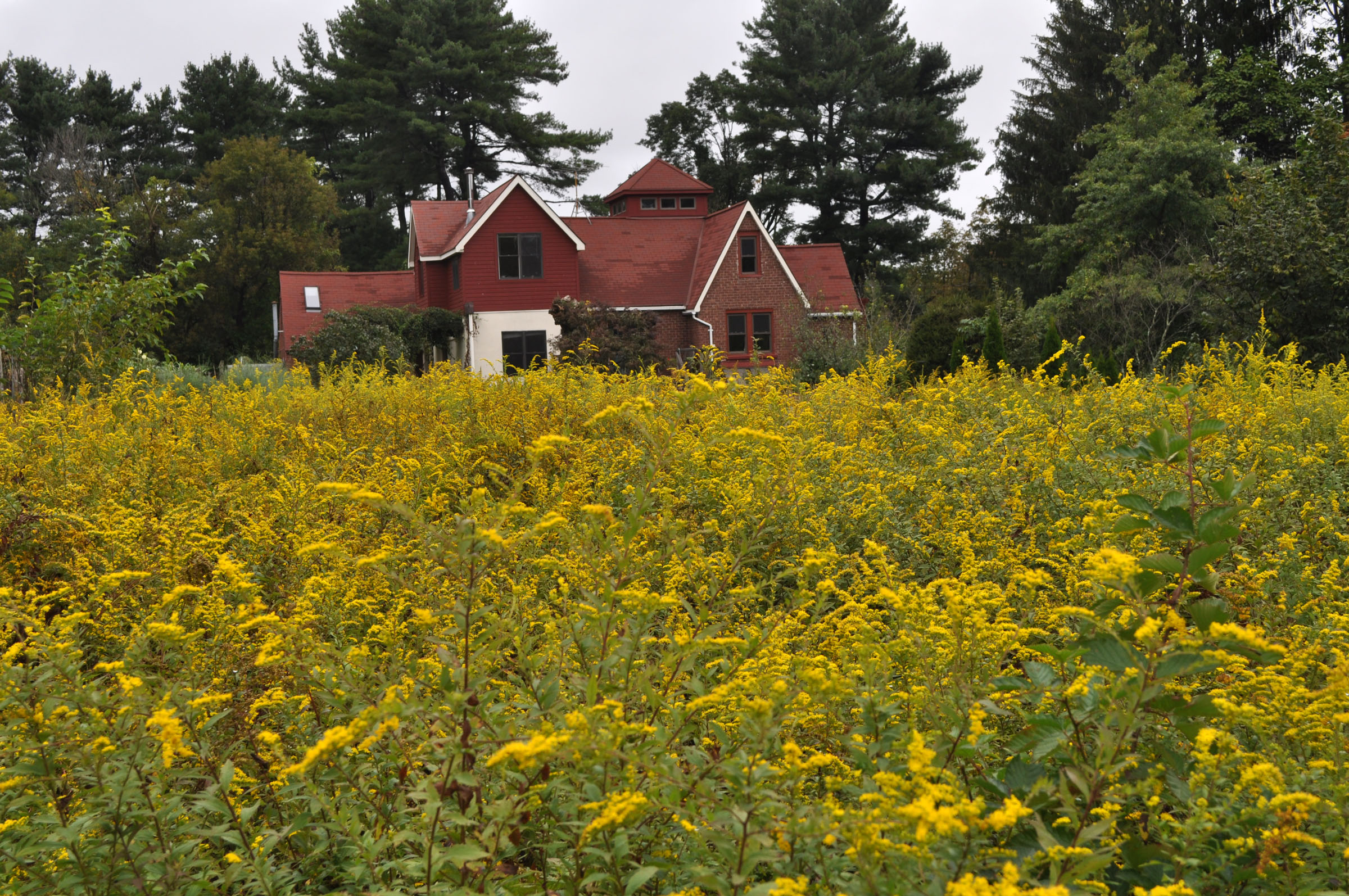
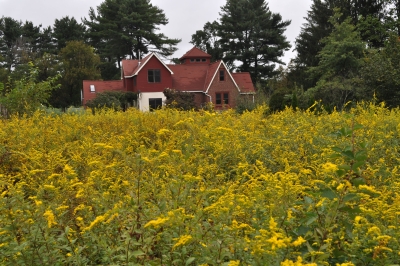

 Its flowering wands rise three or four feet high, each closely studded along its top portion with tubular, lipped blossoms that are lavender pink with darker speckles.
Its flowering wands rise three or four feet high, each closely studded along its top portion with tubular, lipped blossoms that are lavender pink with darker speckles. 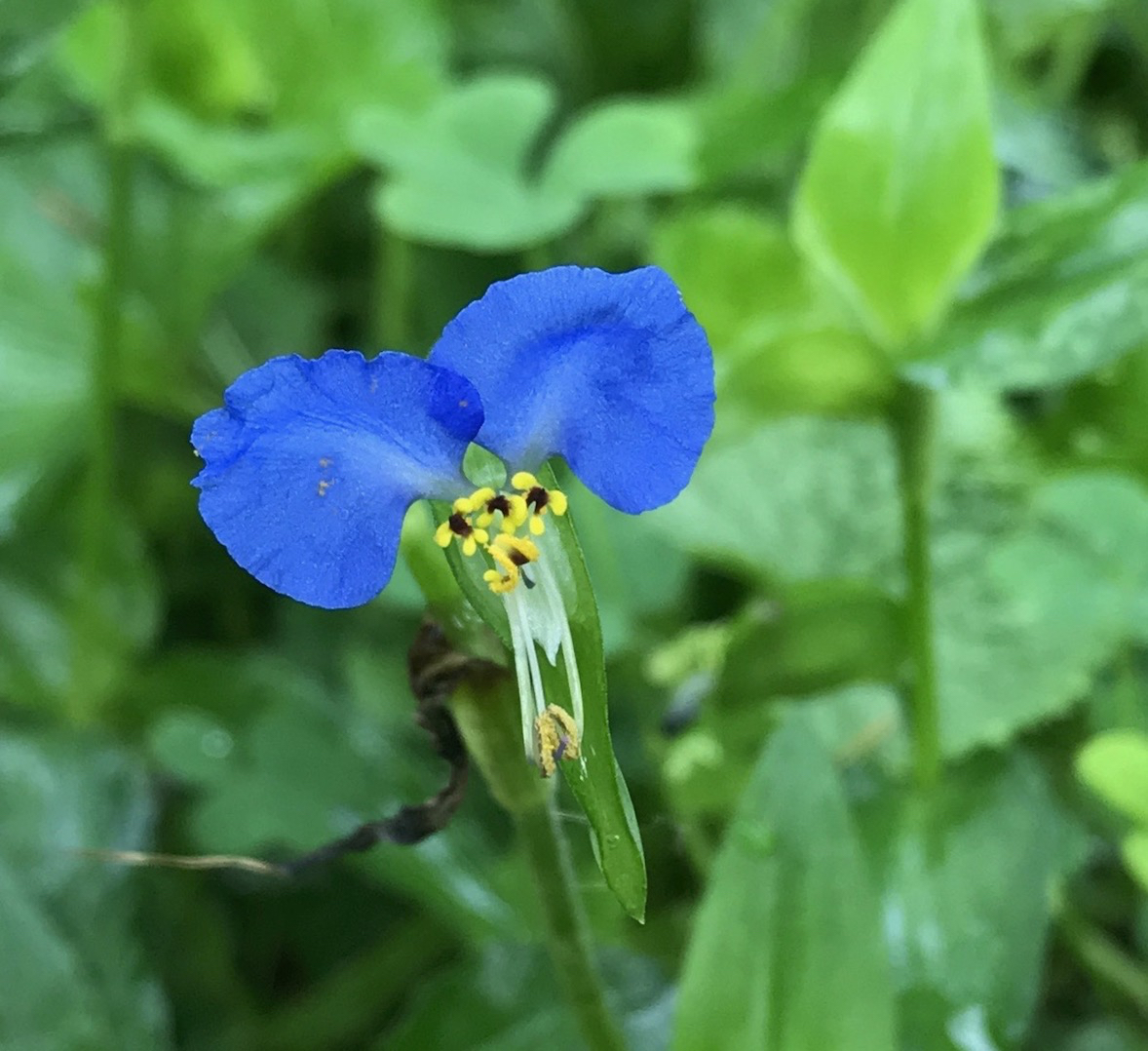
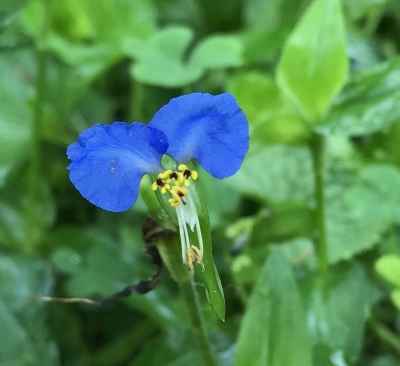
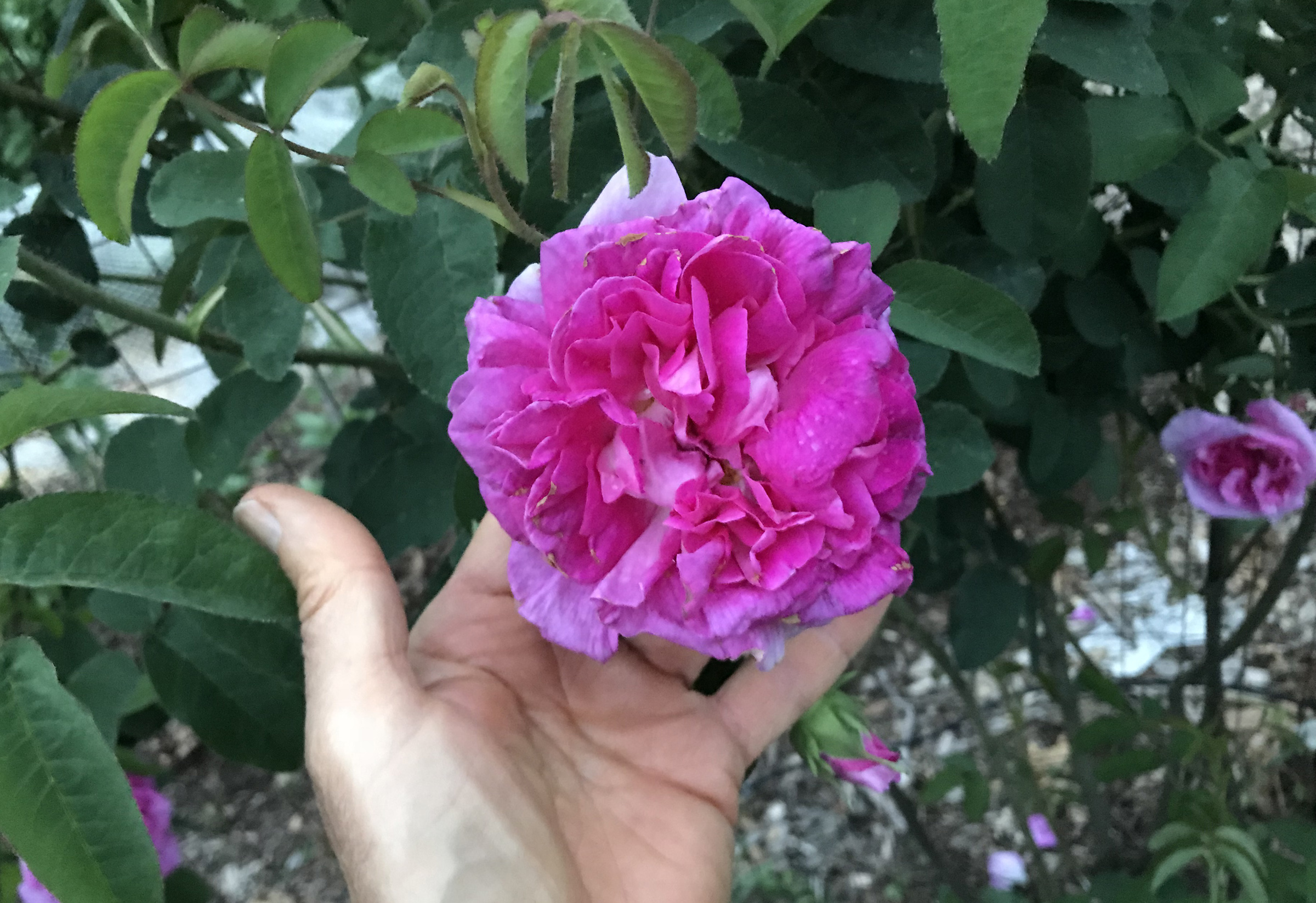
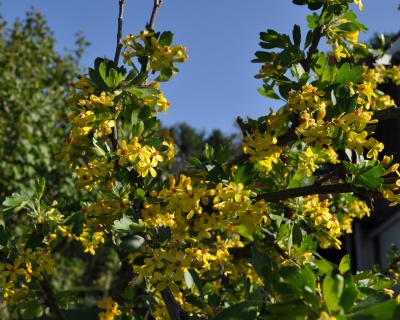
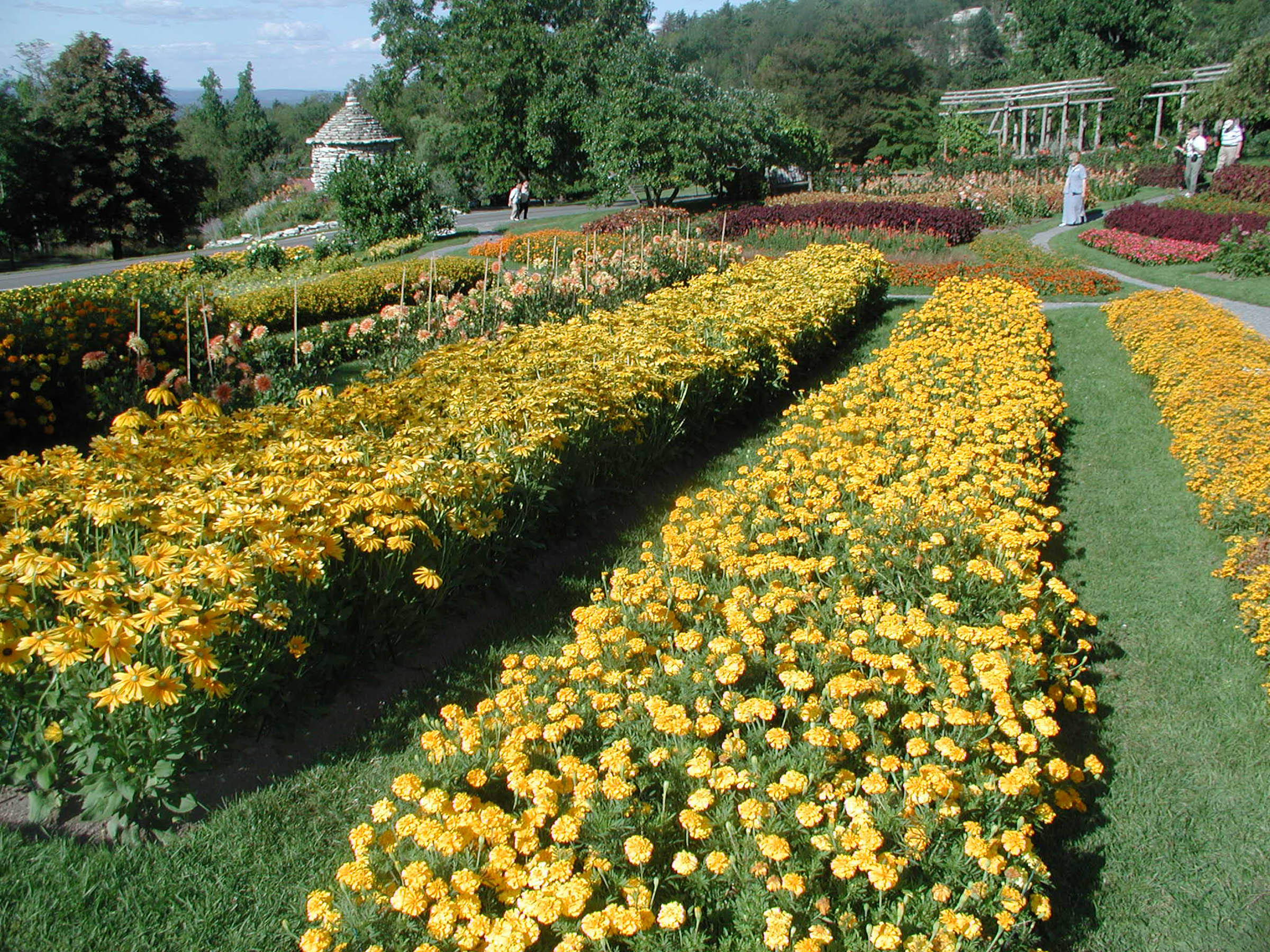
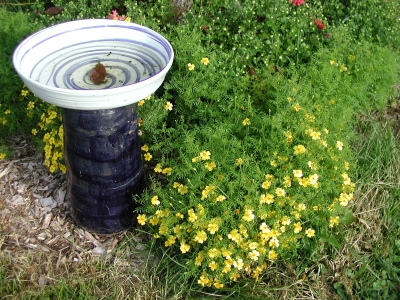
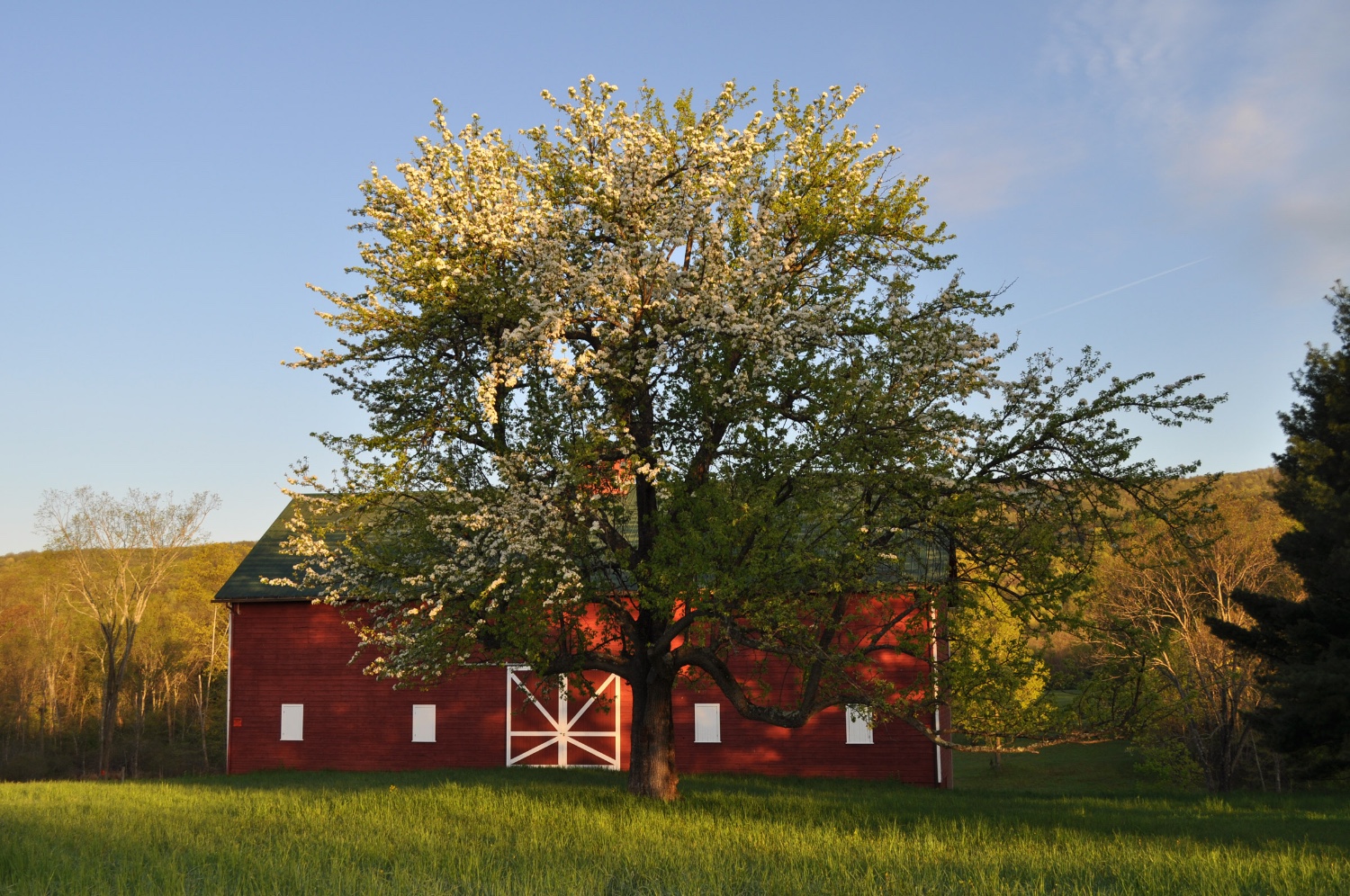
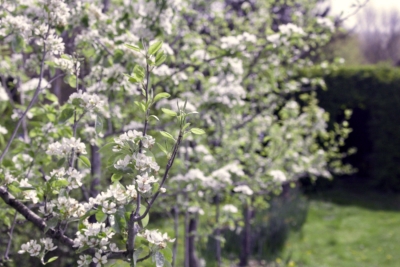
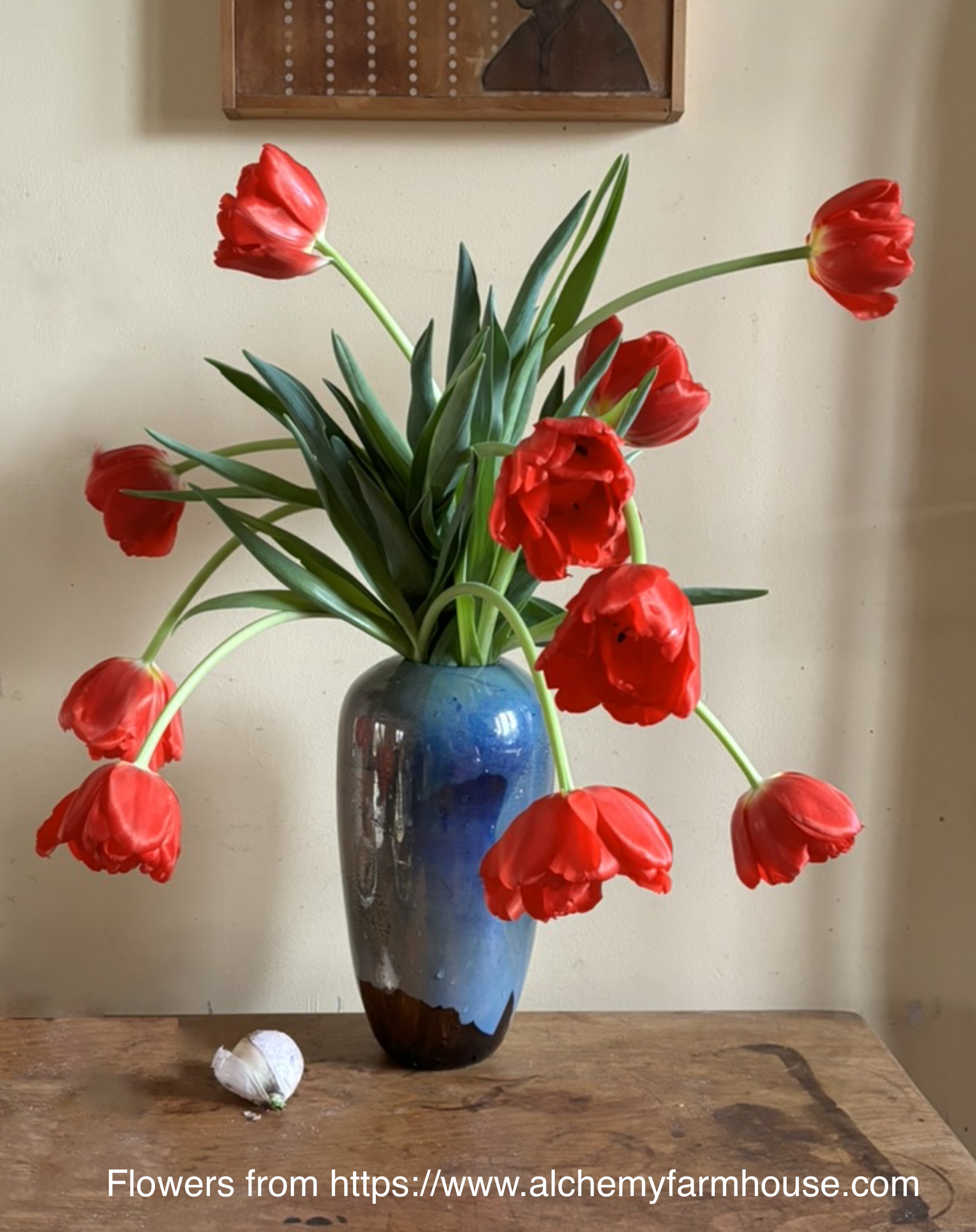
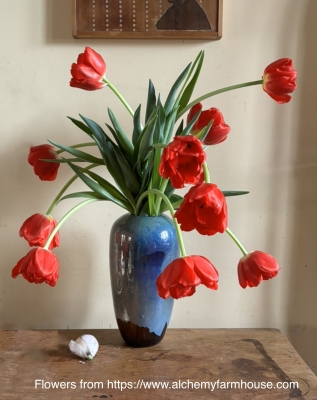 Crocuses probably taste almost as good to these creatures. There’s no need, though, for you or me to forsake the blossoms of spring bulbs; plenty of plants don’t appeal to deer palates.
Crocuses probably taste almost as good to these creatures. There’s no need, though, for you or me to forsake the blossoms of spring bulbs; plenty of plants don’t appeal to deer palates. 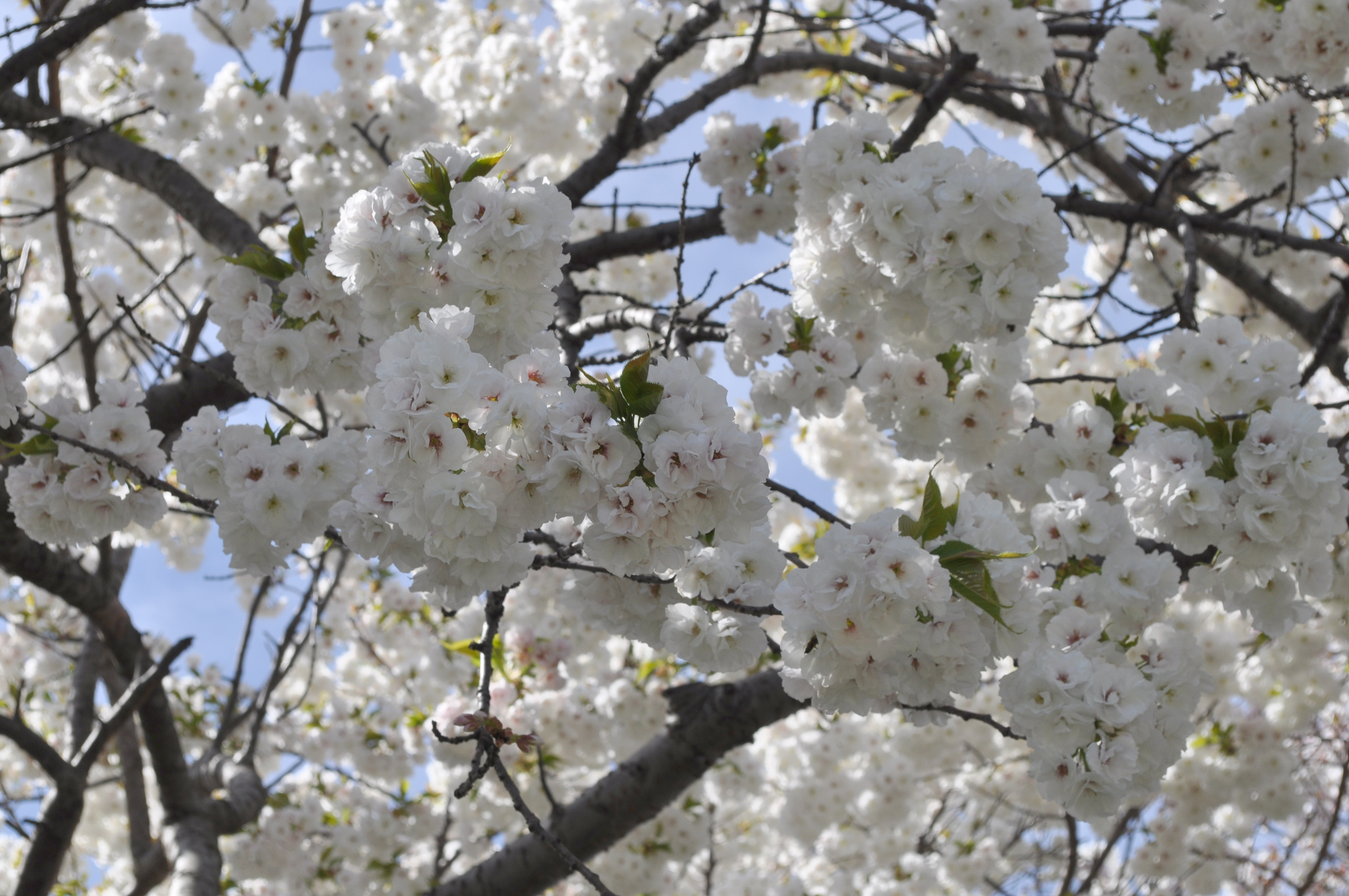
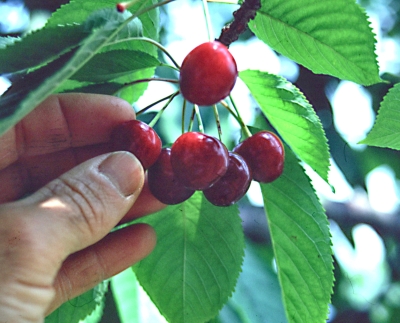 Sweet cherries (Prunus avium), sometimes called bird cherries or, in their more wild state, mazzard cherries, were amongst the plants ordered from Europe by the Massachusetts colony in 1629. By 1650, there was a cherry orchard in Yonkers, New York, and before the end of that century, there were plantings in Rhode Island, Maryland, and Virginia. Trees became so abundant that in 1749, Peter Kalm wrote that “all travellers are allowed to pluck ripe fruit in any garden which they pass by, provided they do not break any branches; and not even the most covetous farmer hindered them from so doing.” So it is not unlikely that Papa Washington had a few sweet cherry trees planted at his farmstead along the shores of the Rappahannock River.
Sweet cherries (Prunus avium), sometimes called bird cherries or, in their more wild state, mazzard cherries, were amongst the plants ordered from Europe by the Massachusetts colony in 1629. By 1650, there was a cherry orchard in Yonkers, New York, and before the end of that century, there were plantings in Rhode Island, Maryland, and Virginia. Trees became so abundant that in 1749, Peter Kalm wrote that “all travellers are allowed to pluck ripe fruit in any garden which they pass by, provided they do not break any branches; and not even the most covetous farmer hindered them from so doing.” So it is not unlikely that Papa Washington had a few sweet cherry trees planted at his farmstead along the shores of the Rappahannock River.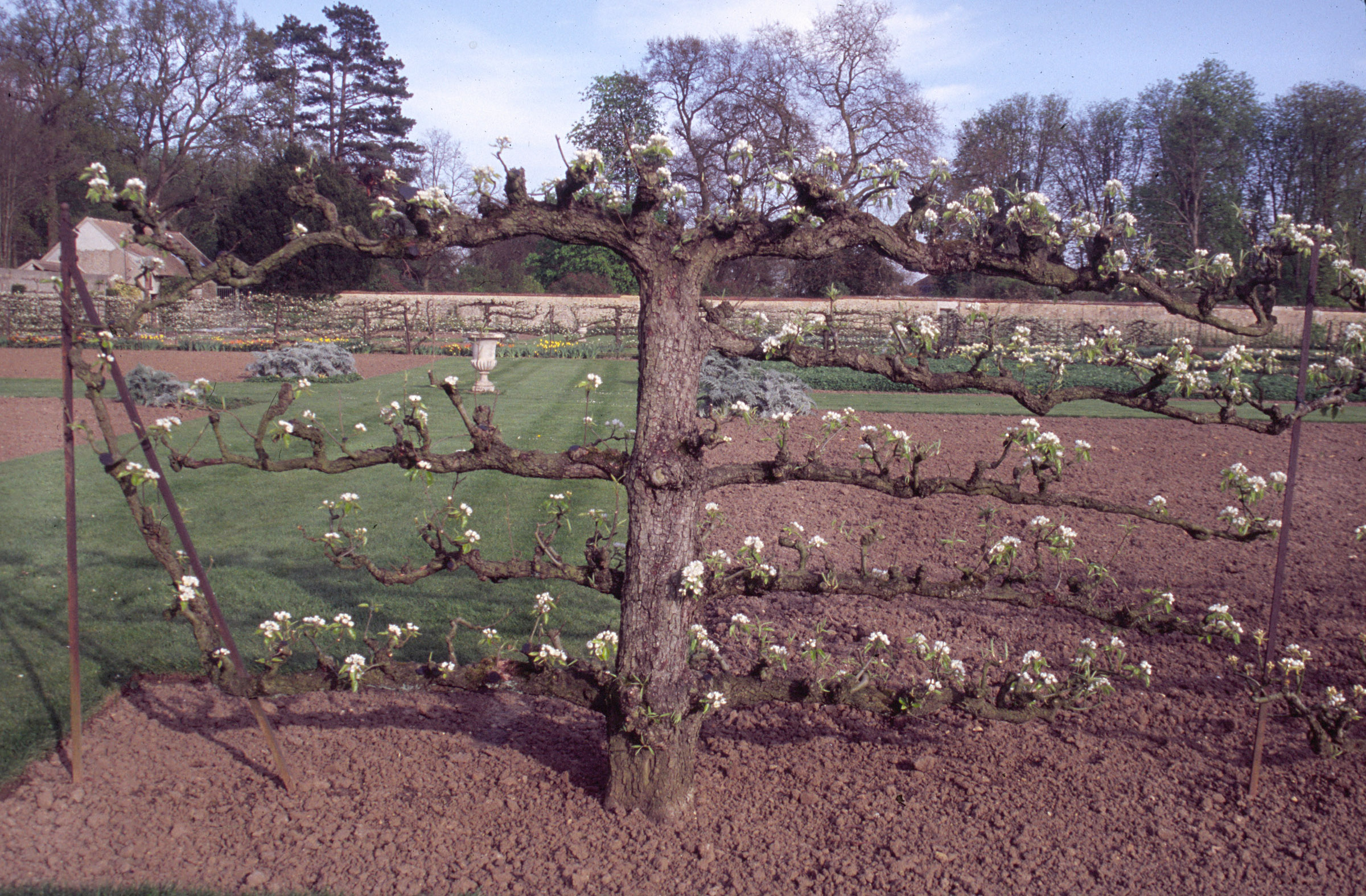
 At the other extreme would be one of the shrubby species of willows that keeps sprouting side branches freely all along their growing shoots.
At the other extreme would be one of the shrubby species of willows that keeps sprouting side branches freely all along their growing shoots.